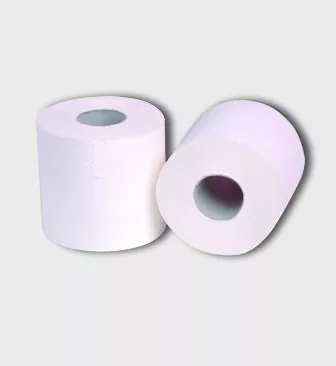The Essential Role of Sanitary Paper in Modern Life
2025-04-29
Introduction
In today’s fast-paced world, cleanliness and hygiene are more important than ever. Whether at home, in the office, or in public facilities, sanitary paper products play a vital role in maintaining personal hygiene and ensuring public health. These everyday essentials are often overlooked, yet they contribute significantly to comfort, safety, and well-being.
What Is Sanitary Paper?
Sanitary paper refers to a group of disposable paper products used for hygiene and cleaning purposes. Common examples include:
- Toilet paper – for personal hygiene in restrooms
- Tissues – for wiping the nose or face
- Paper towels – for drying hands or cleaning surfaces
- Wet wipes – for on-the-go cleaning
- Sanitary napkins – used in feminine hygiene care
These products are manufactured using soft, absorbent materials that are safe for skin contact and easily disposable.

Key Characteristics of Sanitary Paper
1. Softness
Designed to be gentle on the skin, especially important for toilet tissue and facial tissues.
2. Absorbency
A high absorbency rate ensures effective cleaning, drying, and moisture control.
3. Strength
Despite being soft, quality sanitary paper must be strong enough for its intended use, especially when wet.
4. Hygienic and Safe
Produced under strict quality control standards to avoid contamination, ensuring safe usage.
5. Environmentally Friendly Options
Many brands now offer biodegradable or recycled sanitary paper to reduce environmental impact.
Applications in Everyday Life
Sanitary paper is used in a wide range of settings:
- Homes – for personal care, baby care, and cleaning
- Healthcare facilities – for infection control and patient hygiene
- Restaurants and hotels – to meet hygiene standards for guests
- Schools and offices – in washrooms and shared spaces
- Travel and outdoors – with compact wipes and tissues for convenience
Its versatility and disposability make sanitary paper an indispensable product in daily life.
Why Sanitary Paper Matters
1. Health and Hygiene
Proper use of sanitary paper helps prevent the spread of bacteria and viruses, especially in shared environments.
2. Convenience
Disposable sanitary paper saves time and reduces the risk of cross-contamination compared to reusable cloths.
3. Affordability
Sanitary paper is cost-effective, widely available, and comes in various forms to suit different needs.
Tips for Choosing Sanitary Paper Products
- Check for certifications (FSC, PEFC, ISO) to ensure quality and sustainability.
- Choose the right ply count – more plies mean more strength and comfort.
- Look for hypoallergenic options if you have sensitive skin.
- Consider eco-friendly brands that use recycled content or sustainable pulp.
Conclusion
Sanitary paper is more than just a household product—it’s a cornerstone of modern hygiene and public health. As consumer awareness continues to grow, the demand for safe, soft, strong, and sustainable sanitary paper will only increase. Whether you're stocking up for your family or outfitting a business, choosing high-quality sanitary paper is a simple yet powerful step toward a cleaner and healthier environment.


